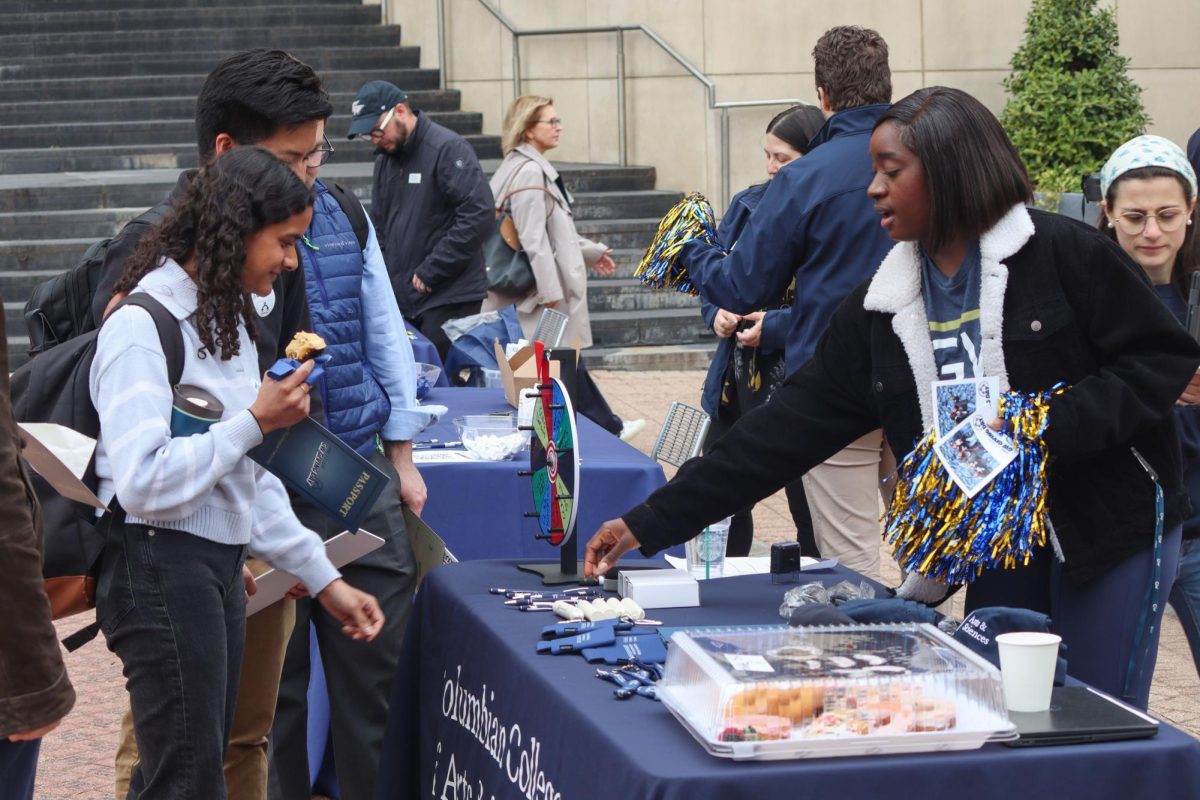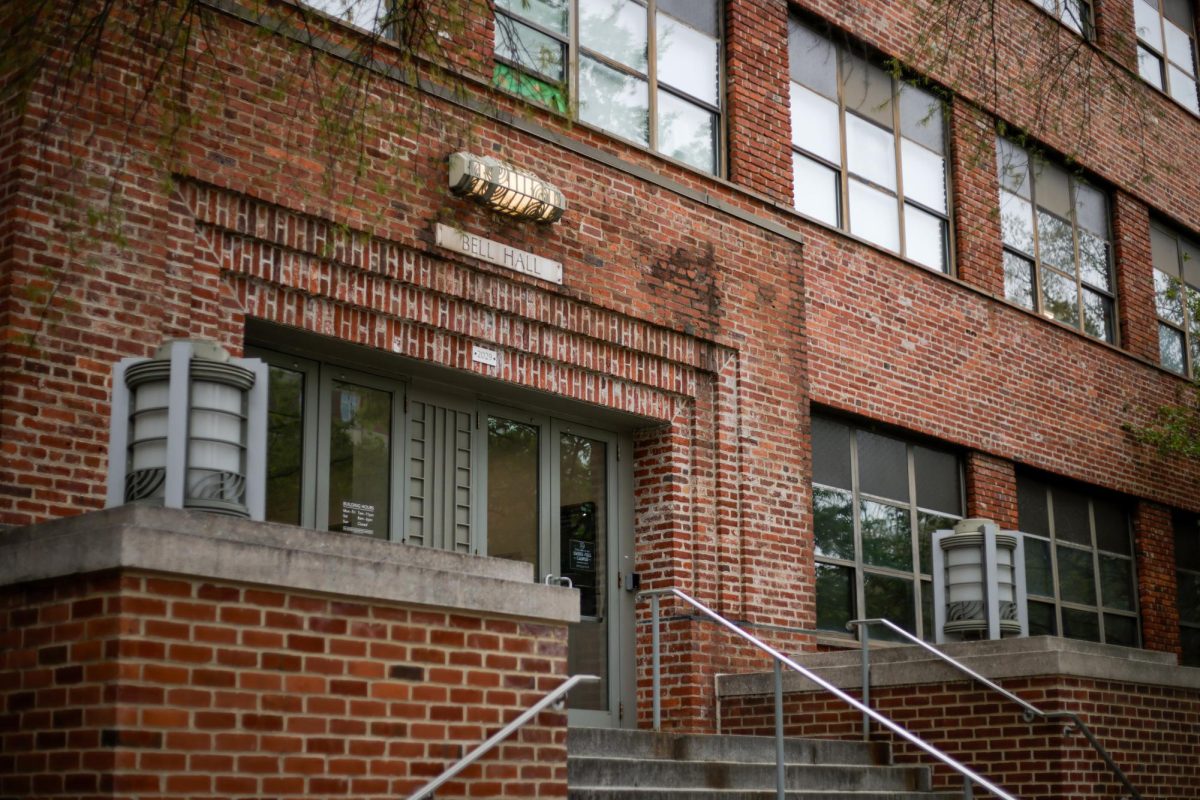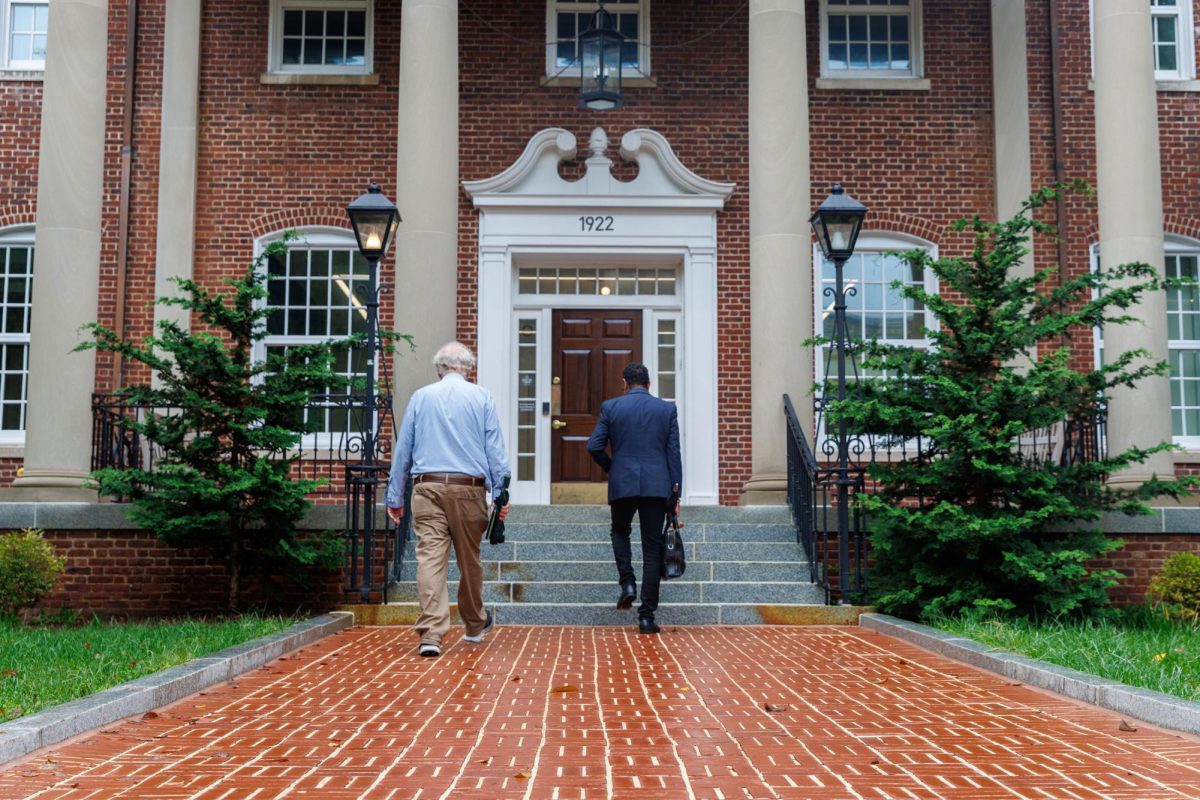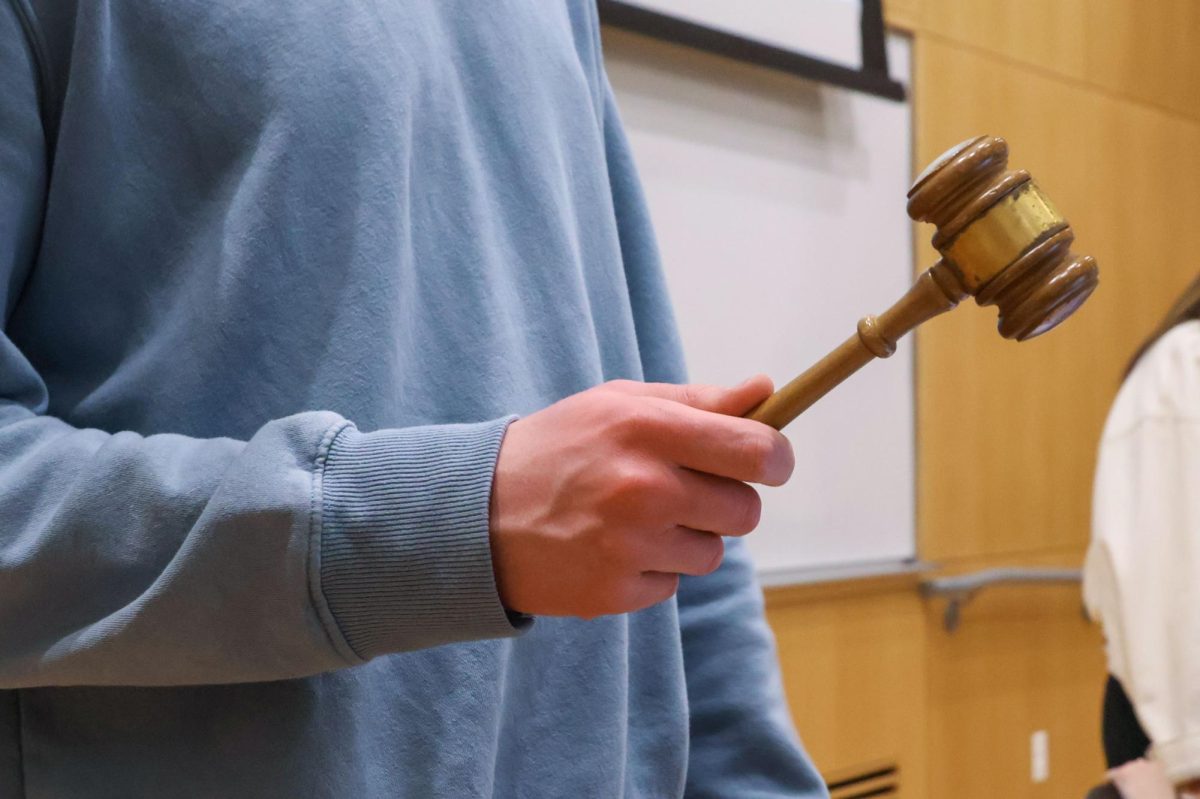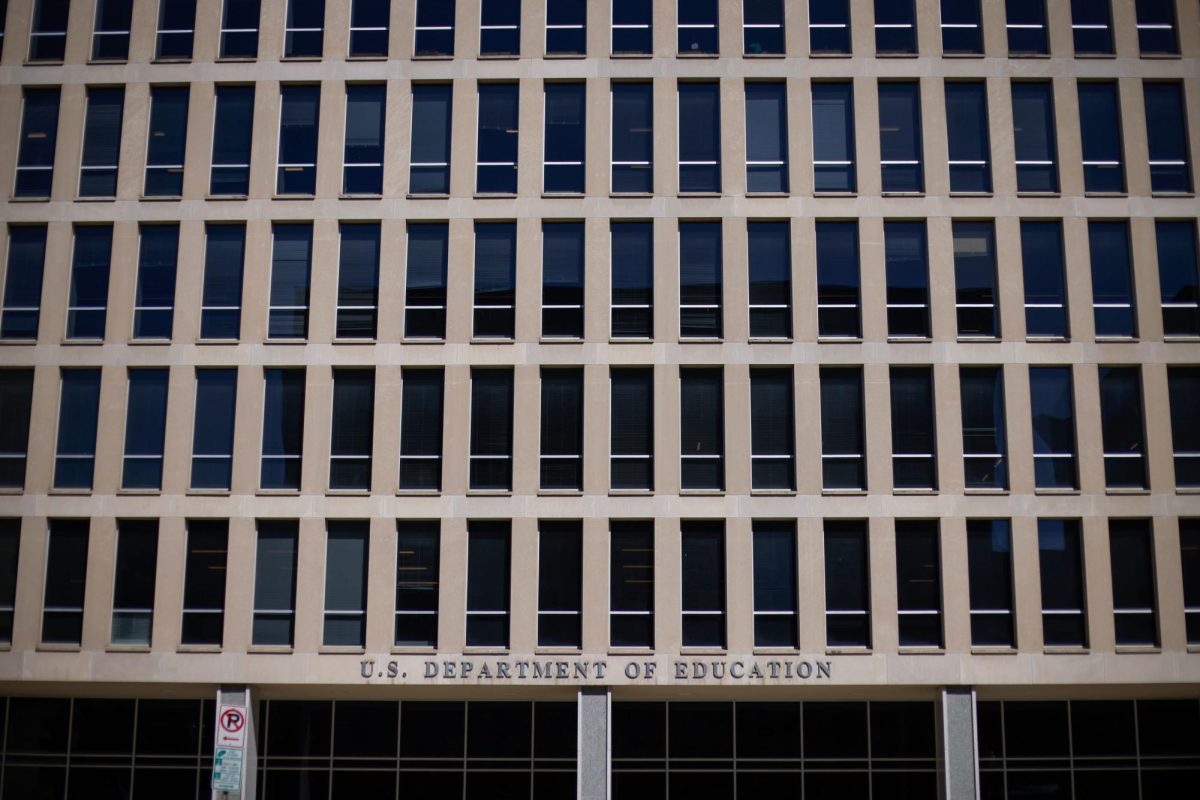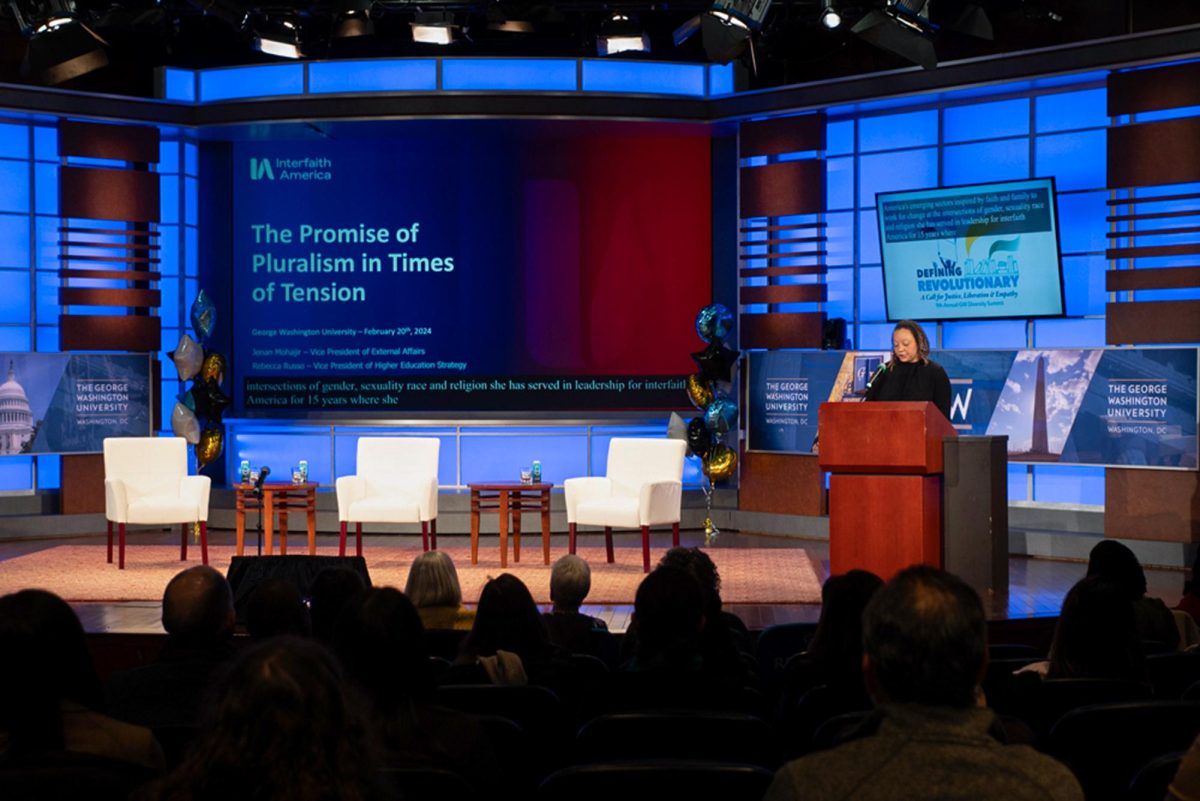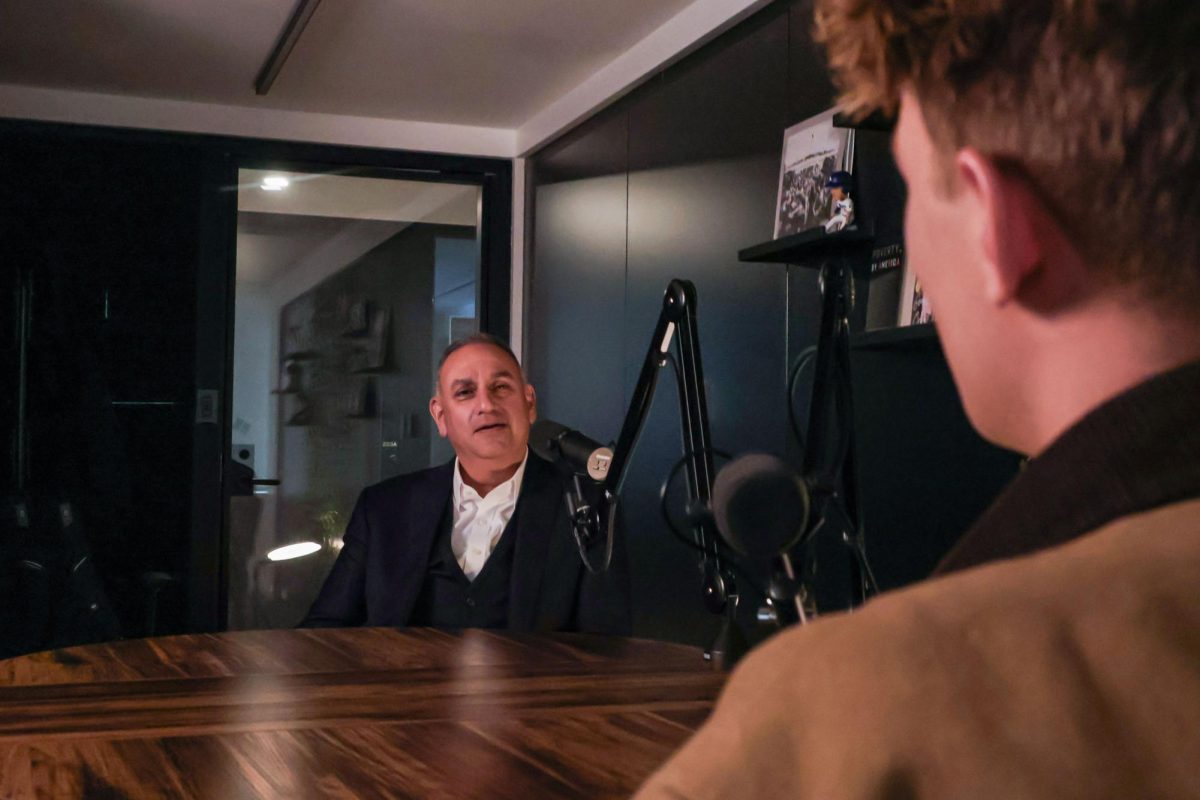Officials said about a third of all undergraduate students received federal loans last year, about 30 percent below national trends.
Officials said 3,171 – or 29 percent – of GW’s undergraduate students received federal loans in the 2020-21 academic year, inconsistent with the national rate of about 60 percent of undergraduates who borrow federal loans at private nonprofit institutions. The slim percentage suggests the White House’s plan to forgive tens of thousands of dollars of student debt will reach a minority of students, who said they wished federal officials forgave a larger share of their student loan debt than a fraction of their financial burden.
Jay Goff, vice provost of enrollment and student success, said about 37 percent of undergraduate students receive federal student loans during any given year at GW. He said on average, borrowers graduate with $20,500 of unpaid federal student loan debt, which equals about $205 of monthly repayments over ten years.
Goff said officials adjust GW’s financial aid counseling programs and communication from the Office of Student Financial Assistance to account for new federal policies, like the student loan forgiveness plan, each year.
“We plan to continue those efforts this year and will promote the loan forgiveness application process after it is launched later this year,” Goff said in an email.
The federal government will cancel $10,000 in student loan debt for borrowers who earn less than $125,000 or – if married – earn less than $250,000. Pell Grant recipients will receive $20,000 in federal student loan forgiveness through the plan.
After federal officials release the loan forgiveness application, students eligible for debt cancellation must apply by Dec. 31, the final day of the debt moratorium, on the Department of Education Federal Student Aid website.
Students who take out federal student loans are eligible to be enrolled in a standard repayment plan upon graduation that requires regular payments for 10 years, according to the federal student aid office. But some borrowers may not use the repayment plan due to its complex process that can confuse students with debt.
Alumnus Domonique Clemons – who graduated with a masters degree in political management in 2019 – said even after the $10,000 is canceled, he will continue to make similar monthly payments for the remainder of his 10-year public service loan repayment program through his work for a business membership organization, which some borrowers may not qualify for.
“For some folks, it’s going to be the difference of them being able to pay off their loans when they’re 60 instead of 61 or 62,” Clemons said.
He said the debt cancellation program is “healing a symptom” of student debt for current borrowers, but the next generation of college graduates will continue to face large amounts of debt after graduating college as tuition continues to rise and wages stagnate.
In March, officials announced GW’s cost of attendance will surpass $80,000 for the 2022-23 academic year.
“We haven’t done anything to address the costs of our education system and how much more expensive it’s continuing to get to pursue higher education,” Clemons said.
Patrick Realiza, a class of 2011 political science graduate, said the student debt cancellation program will reduce nearly half of his student debt, which is split between slightly more than $10,000 in federal loans and about $10,000 in private loans.
He said the moratorium on student loan repayment – which federal officials enacted in March 2020 and will last through the end of the year – helped him pay off credit card debt and save money for emergencies. He said the repeated extensions of the moratorium since the start of the pandemic were “nerve-wracking” because he wasn’t sure when he would have to resume repayment.
“Am I really ready to start to make student payments after the two-plus years of not?” Realiza said. “I’m very glad that the Biden administration acted, but I do think this should be the beginning. There should be more reform coming down the line.”
Realiza said his first financial aid package from the University was not “satisfactory” to afford GW’s tuition, and officials granted him more aid after he appealed his initial offer. He said 17- or 18-year-old students who are entering college don’t realize the gravity of borrowing $10,000 to $15,000 until they enter the repayment period after graduation.
He said he graduated a semester earlier than his peers in December 2010 and quickly realized after graduation that he was responsible for financially sustaining himself.
Realiza said while he was attending GW, he thought the financial aid was “generous” for a private university that does not have public funding, but GW should provide students with more resources to understand their responsibilities as loan borrowers, especially as tuition rates rise.
“When I look at the tuition rates now, I really wonder how our parents are financing these kinds of things,” Realiza said.
Leor Clark, a graduate student studying public health, said she attended a public university for her undergraduate degree and received fewer loans than many GW undergraduate students.
She said GW’s high cost of attendance stands in the way of any difference that the debt cancellation program could make in students’ financial situations. Clark said the plan to cancel up to $10,000 in debt for eligible borrowers is a positive step toward increasing college affordability, but she wishes the White House would raise debt cancellation to $50,000 to reach more borrowers.
“I imagine students here probably have like $100,000 to $200,000 in debt,” Clark said. “$10,000 is not going to be super helpful.”
She added that the process of taking out student loans was “overwhelming” because she was only 18 when she took out loans for college.
“It’s hard to conceptualize how much money you’re taking out at 18,” Clark said.
Emily LaBrasciano, a sophomore in the Columbian College of Arts and Sciences, said debt cancellation and debt moratoriums have eased the burden on student loan borrowers, but many students will still need more aid to afford higher education enrollment.
“I don’t think any student should ever go into debt for wanting to pursue education,” LaBrasciano said.
She said taking out loans was difficult as a first-generation student because her parents did not have the same experience and couldn’t guide her through the loan process. But she said the University’s resources for first-generation students, like peer mentors, have been useful for her because they offered the guidance and advice that her parents cannot provide.
“Taking out loans is so scary, and you just don’t know if you’re making the right choice,” LaBrasciano said. “You don’t know how you’re going to pay it back in the future.”



